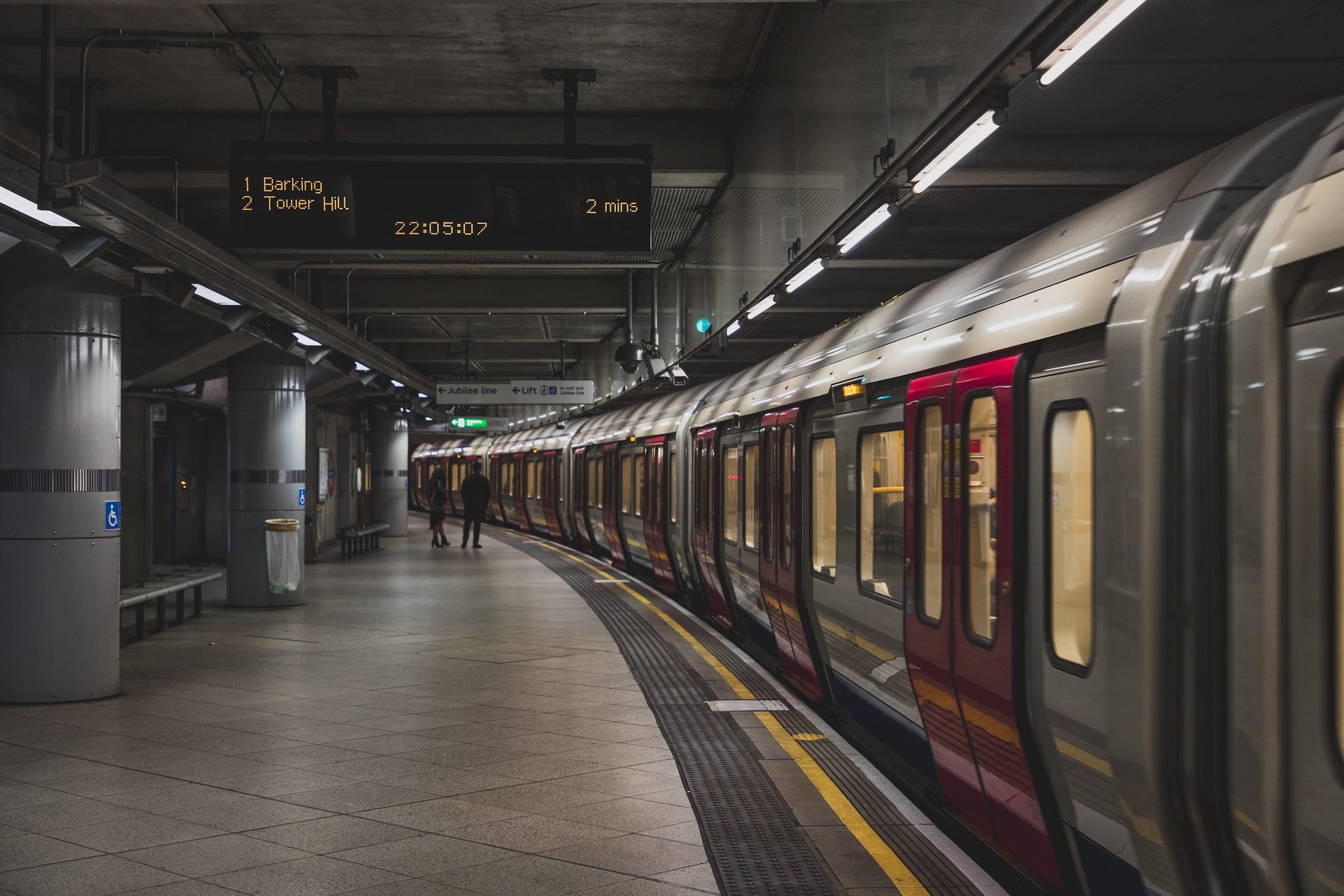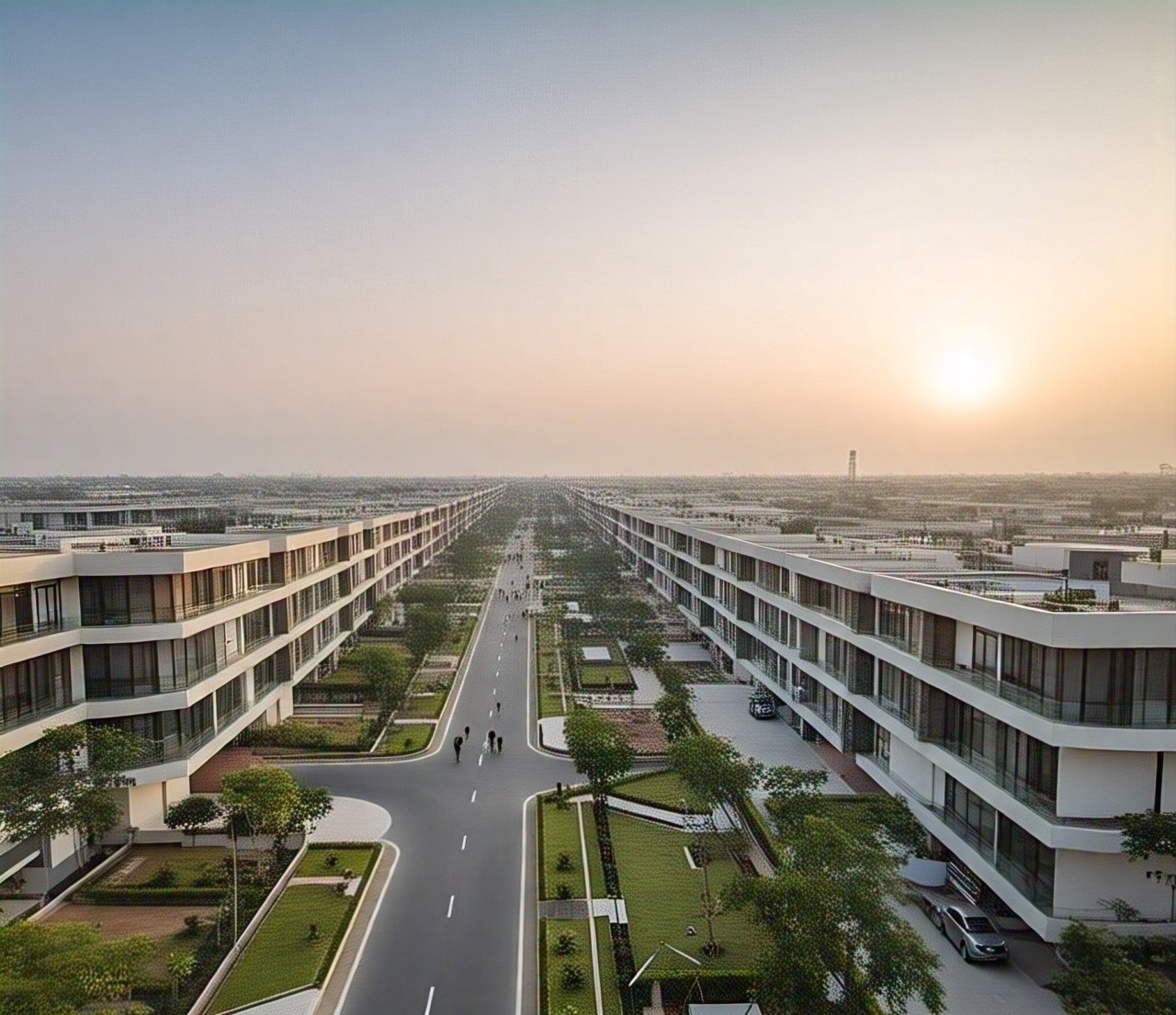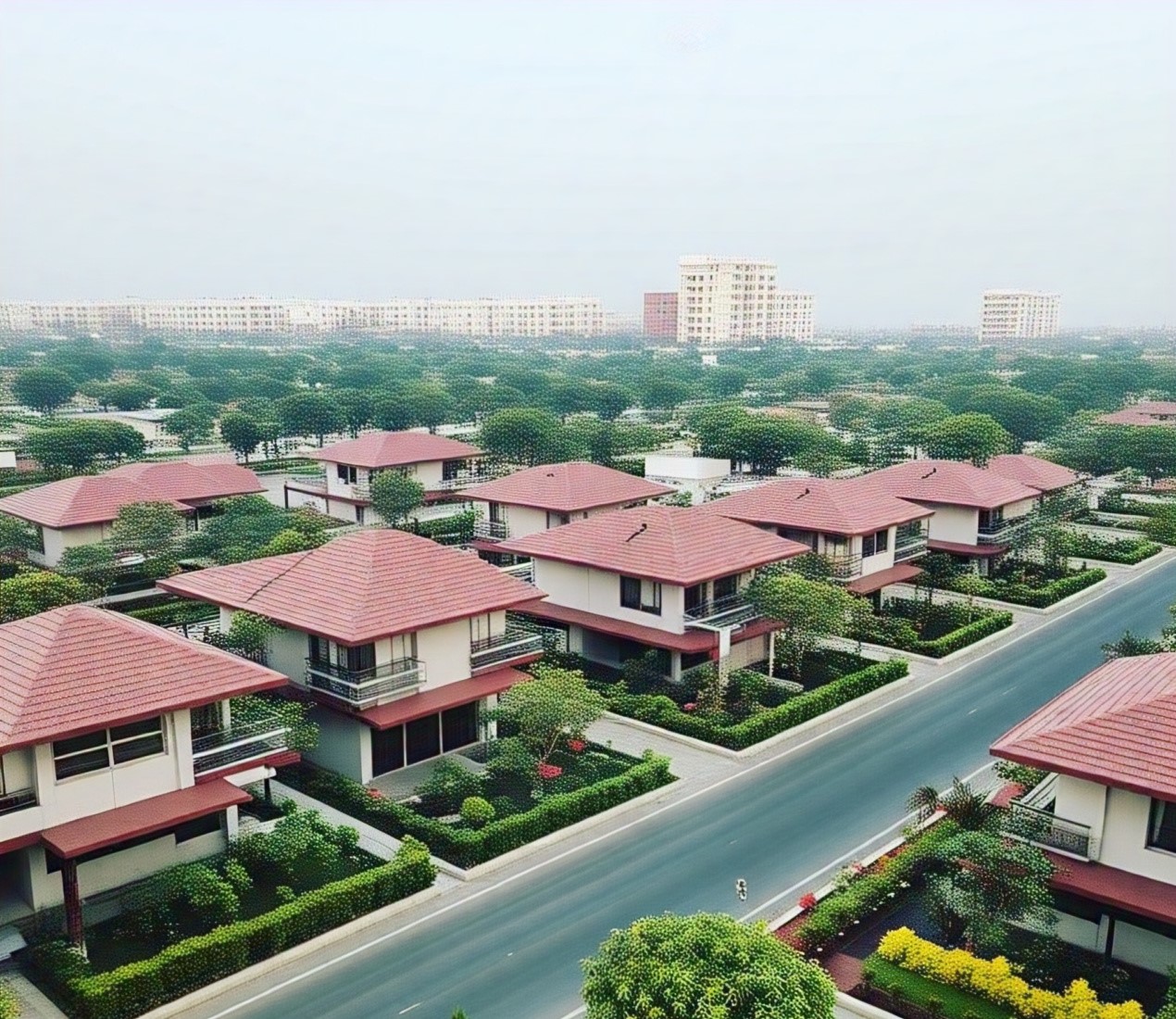The highly anticipated Tricity metro project is set to transform the transportation landscape in the regions of Chandigarh, Mohali, and Panchkula, as it has recently received approvals from the Ministry of Housing and Urban Affairs (MoHUA). This significant development is poised to bring immense benefits to the residents and commuters in the region.
The salient features of the new metro projects
The key feature of this ambitious project is the establishment of a 39-kilometer metro rail network that will serve as a vital mass rapid transport system. With an estimated cost of INR 10,570 Crore, this modern and efficient metro system aims to alleviate traffic congestion, reduce commuting time, and provide a more sustainable mode of transportation for the rapidly growing urban centers. By excluding the heritage sectors from sectors 1 to 30, the project ensures a balanced approach to development while preserving the region's cultural significance. The investment is expected to yield significant long-term benefits by boosting economic growth, attracting investment, and creating job opportunities in the region. In addition to the metro rail network, the project also encompasses the construction of strategically located bus terminals, depots, and the enhancement of busy intersections. This will facilitate seamless intermodal connectivity, network efficiency, and connectivity, enabling smoother intermodal transit options for the public. Furthermore, the project includes vital infrastructure enhancements at busy intersections, which will not only enhance traffic flow but also ensure safer and more efficient movement of vehicles and pedestrians.
The developments consist of two phases, scheduled to commence in 2027
The Tricity metro project's first phase is scheduled to occur Between 2027 and 2037, the metro project's inaugural phase will see the mass rapid transport system (MRTS) operating along crucial routes: from Sarangpur to Panchkula ISBT, Rock Garden to Zirakpur ISBT via Mohali Industrial Area and the airport, and from Grain Market Chowk in Sector 39 to Transport Nagar in Sector 26. These key connections will significantly enhance transportation options and improve connectivity in the region.
Following this, Phase 2 of the Tricity metro project, slated for development after 2037, will bring forth four additional routes. These new routes will facilitate connections from Panchkula ISBT to Panchkula Extension, Paraul in New Chandigarh to Sarangpur, Airport Chowk to Manakpur Kallar, and Zirakpur ISBT to Pinjore ISBT. The expansion aims to significantly improve the metro network's coverage and accessibility, offering enhanced transportation options for the residents and commuters in the area.
The proposed Tricity metro project has received a favorable nod from the ministry, without any objections to the proposed Tricity metro project. A senior UT official mentioned that the Rail India Technical and Economic Services (RITES) has been tasked with preparing a detailed project report (DPR) in phases, which will then be submitted to the ministry for funding. The project aims to address the escalating traffic congestion in the Tricity region, covering Chandigarh, Mohali, and Panchkula. The detailed feasibility report for the metro network was prepared by RITES, a state-owned railway consultancy firm, further advancing the vision of creating a more efficient transportation system for the area.
Advantages of the upcoming project
The upcoming Chandigarh Metro project promises-
- To enhance connectivity
- Boost industrial job opportunities,
- And drive population growth in the Tricity and neighboring areas
- The improved transportation network will enable easier commuting and efficient movement of people
- Economic development and attracting investment to the region
- As the metro system expands its reach, it is expected to bring about positive changes in the urban landscape, encouraging more people to settle in the area.
- This initiative shows the government's commitment to a sustainable urban transportation system, including a metro railway network, bus terminals, depots, and infrastructure upgrades
- The project’s holistic vision aims to address the growing mobility challenges and improve connectivity between these three urban centers
In conclusion, the Tricity metro project's approval by the Ministry of Housing and Urban Affairs signifies a major milestone in the transformation of Chandigarh, Mohali, and Panchkula into well-connected, modern urban hubs. As the Tricity metro project advances, it holds the promise of positively transforming the lives of millions. By providing a modern and reliable transportation network, the metro will enhance accessibility, reduce traffic congestion and minimize carbon emissions, thus contributing to a greener environment. Additionally, the improved connectivity is expected to drive economic growth, attracting investments and fostering the development of new businesses in the region. Moreover, the Tricity metro project will significantly elevate the overall quality of life for residents and commuters, offering a seamless and comfortable travel experience. The efficient movement of people will result in time and cost savings, encouraging a shift from private vehicles to public transportation. This transition to sustainable mobility will not only alleviate urban congestion but also promote a healthier and more livable environment for all.














Sorry No Comment posted yet.